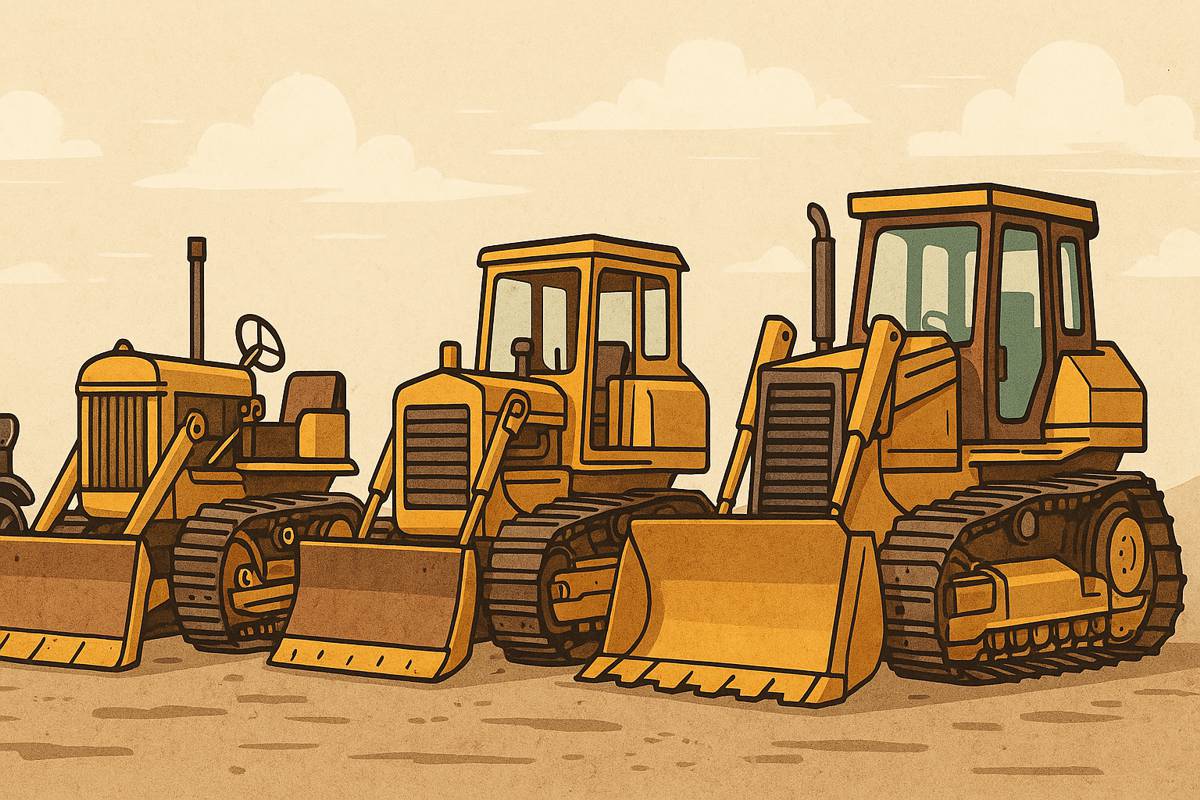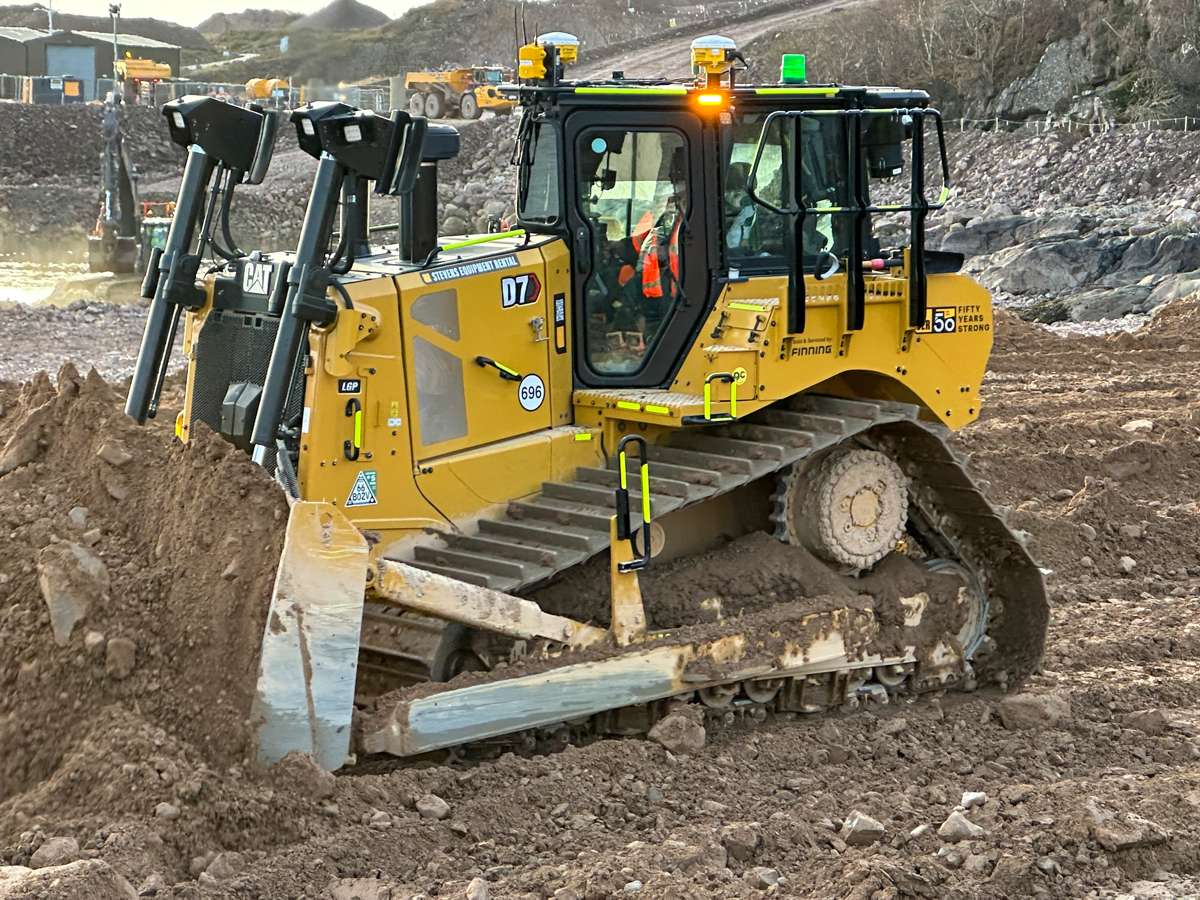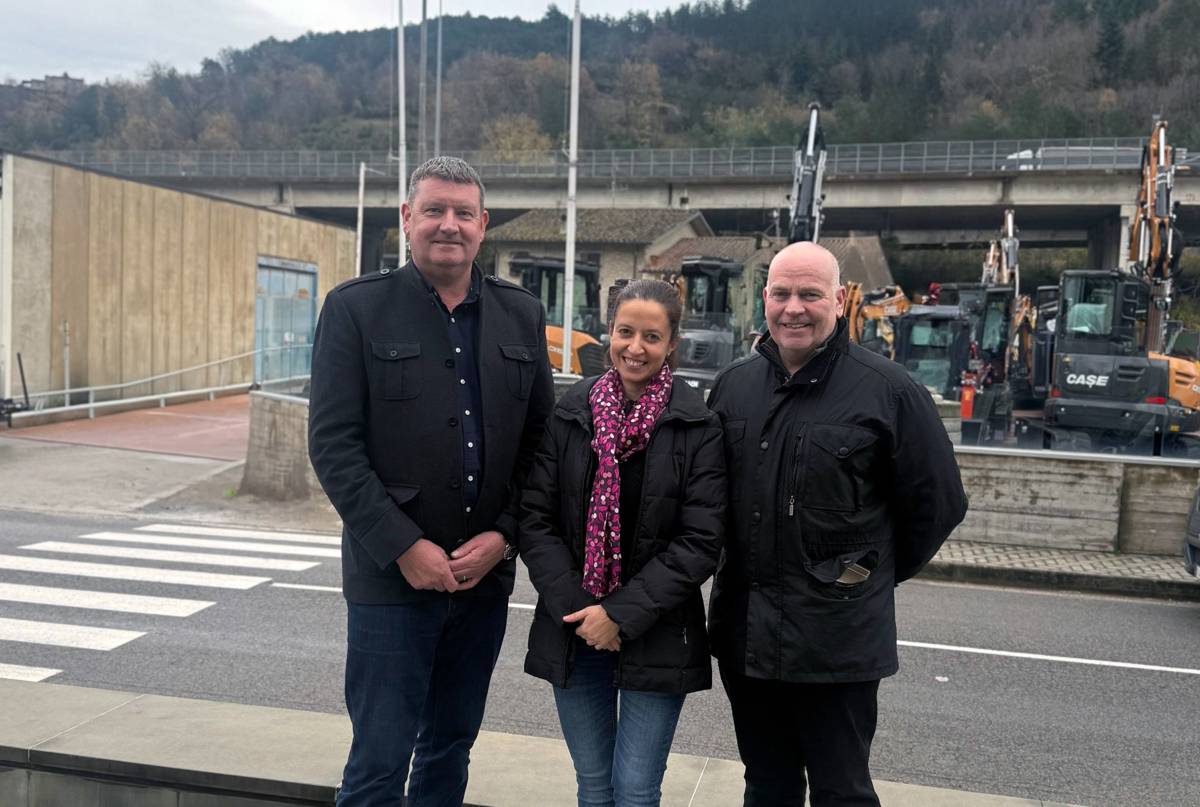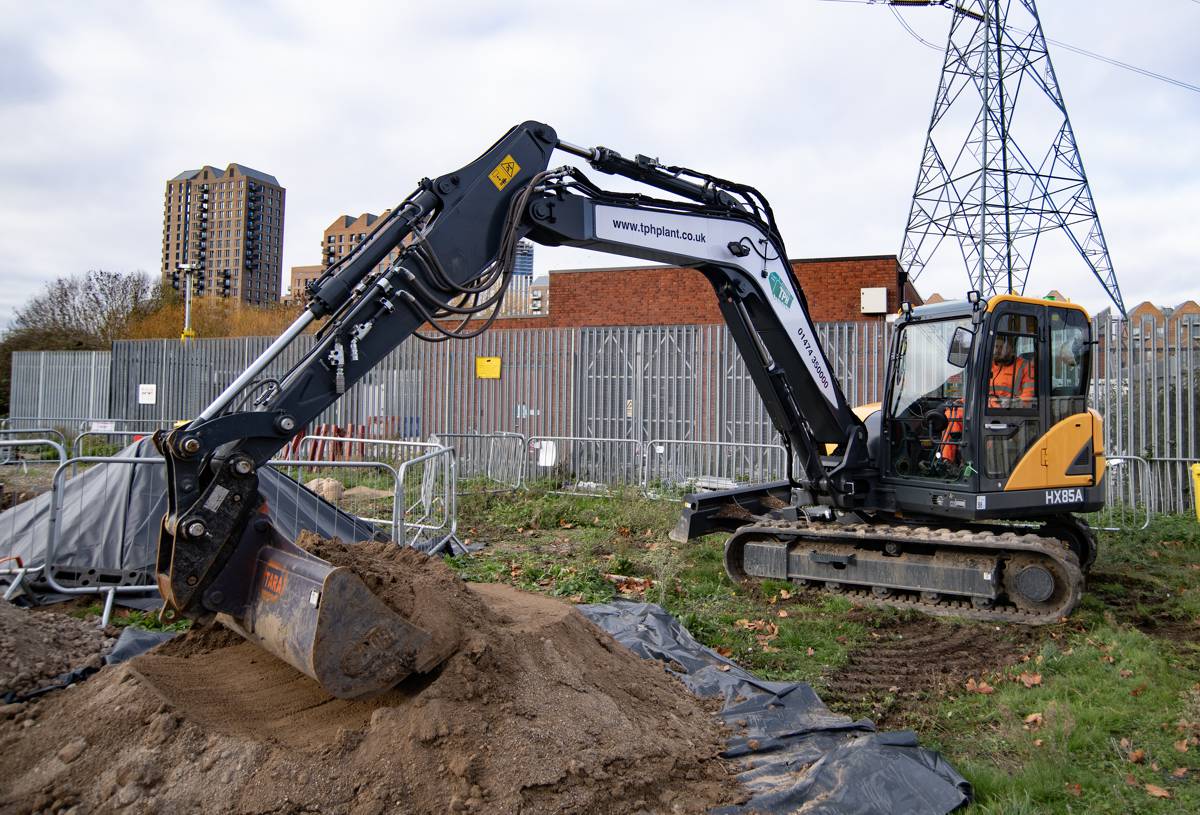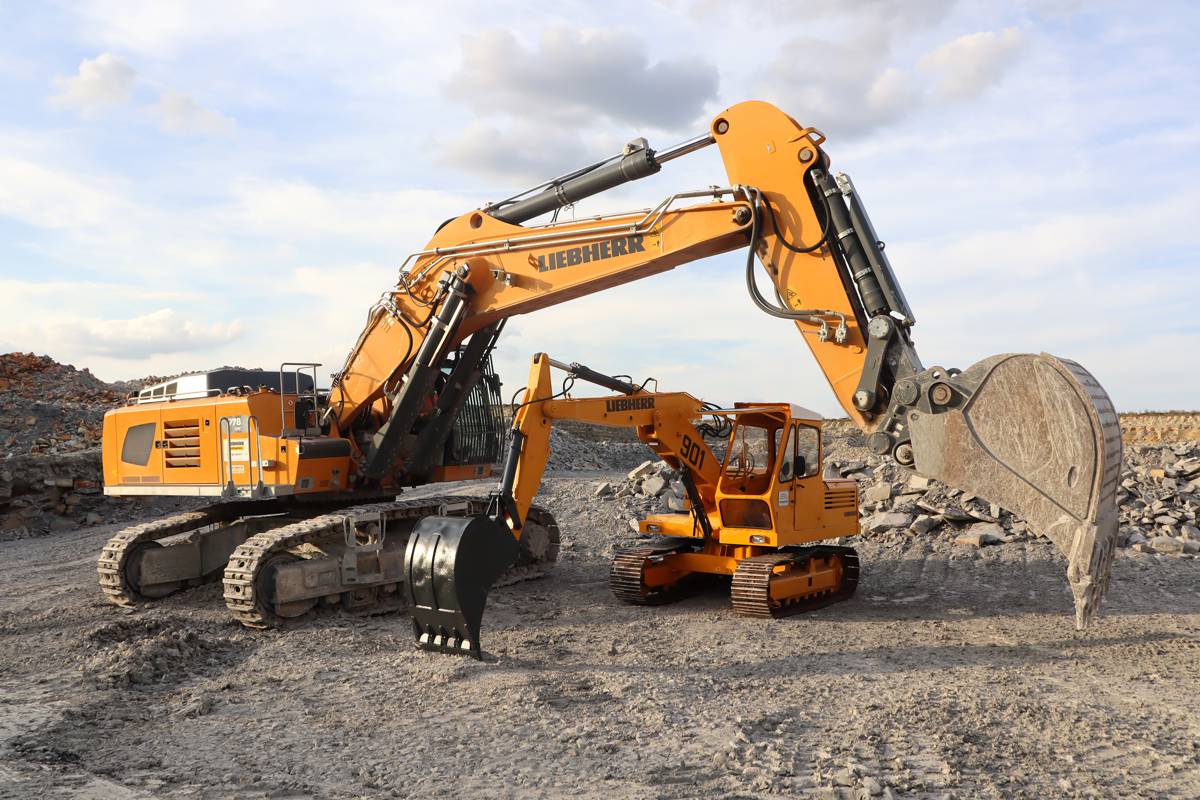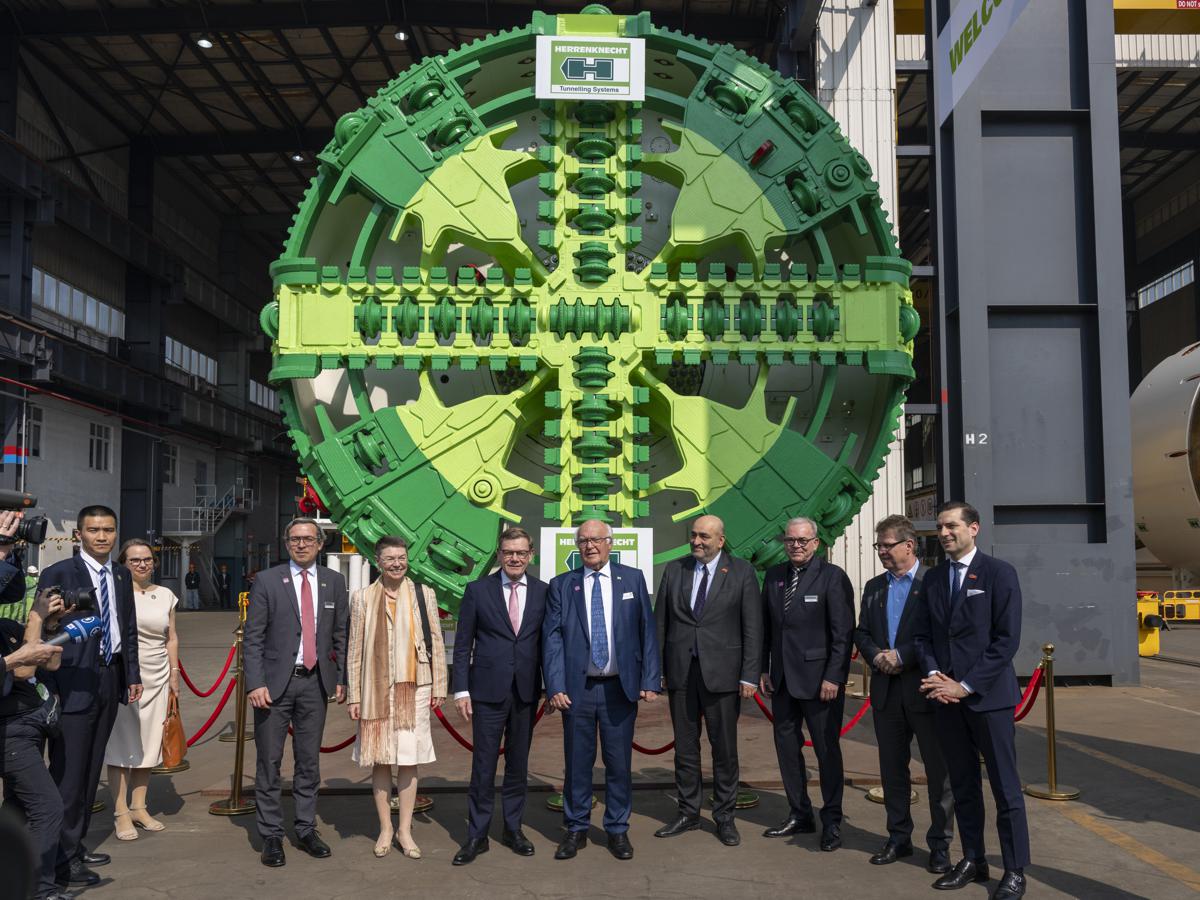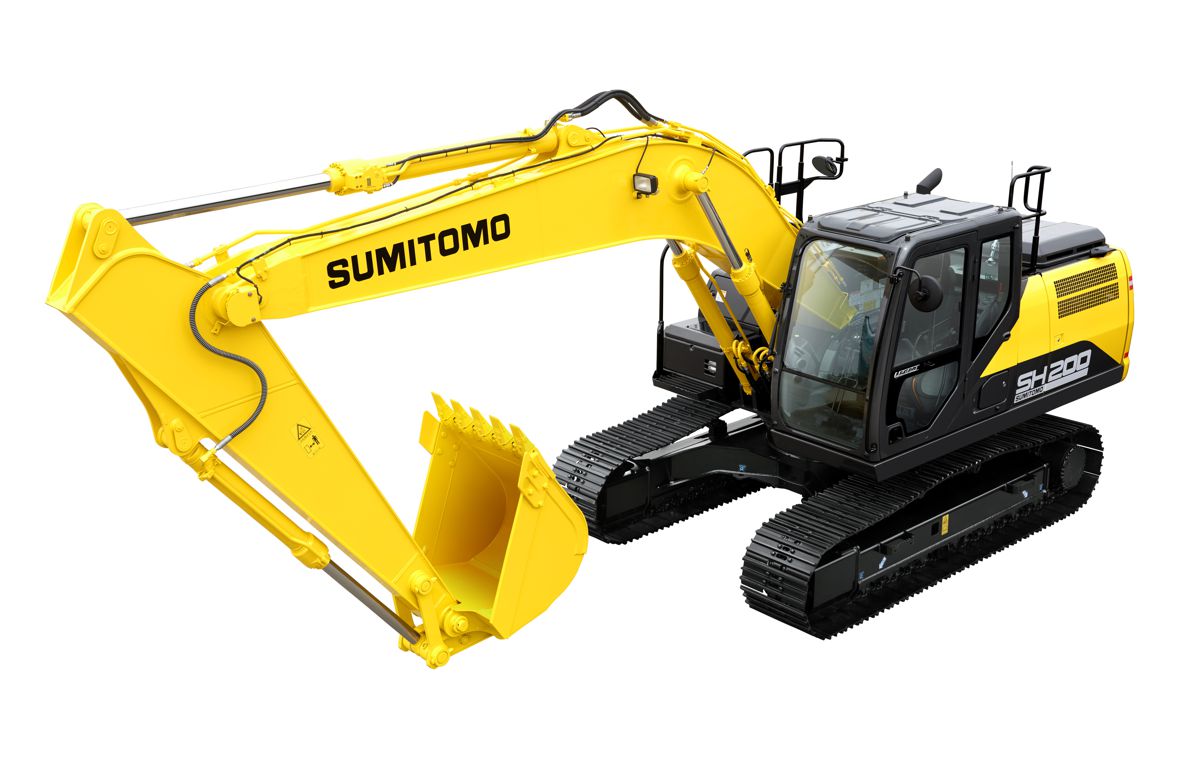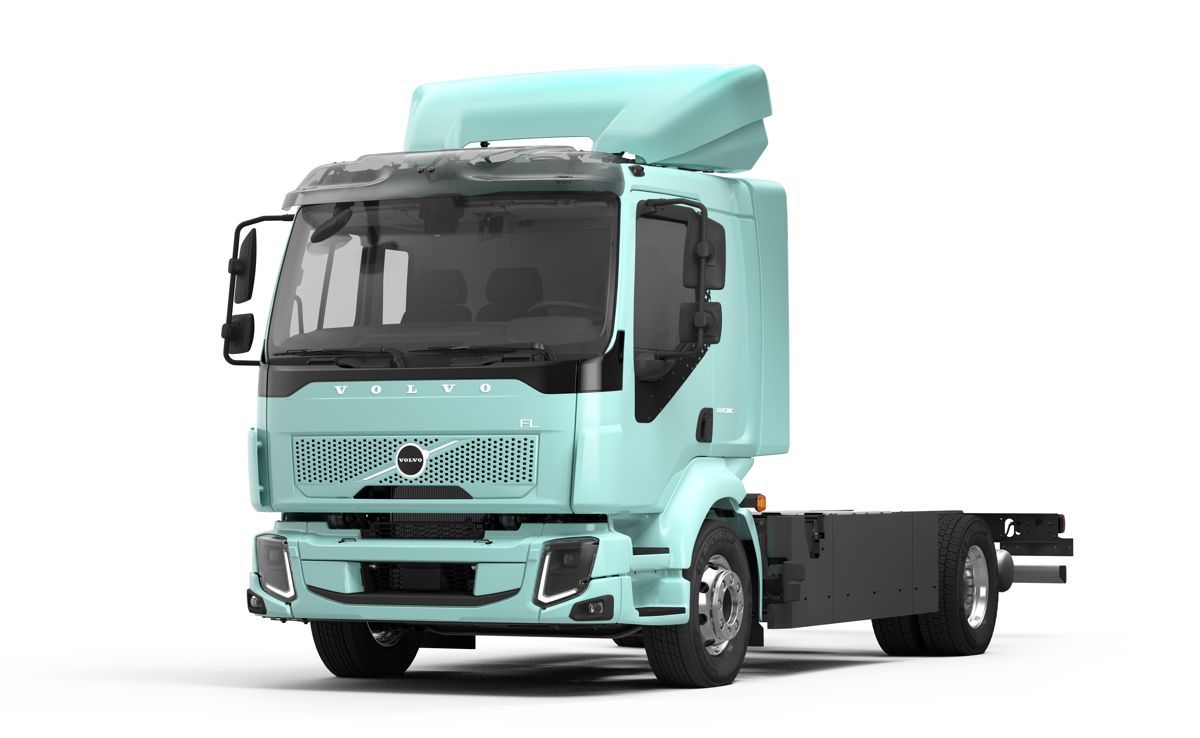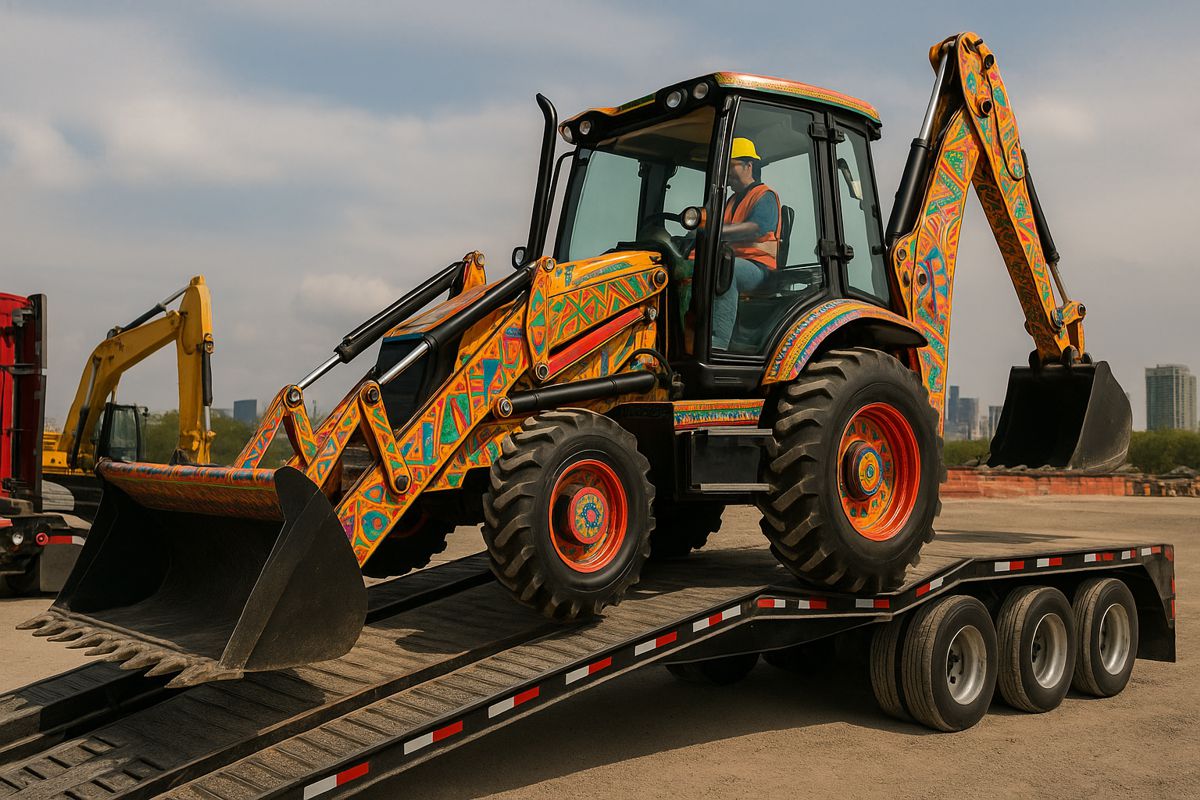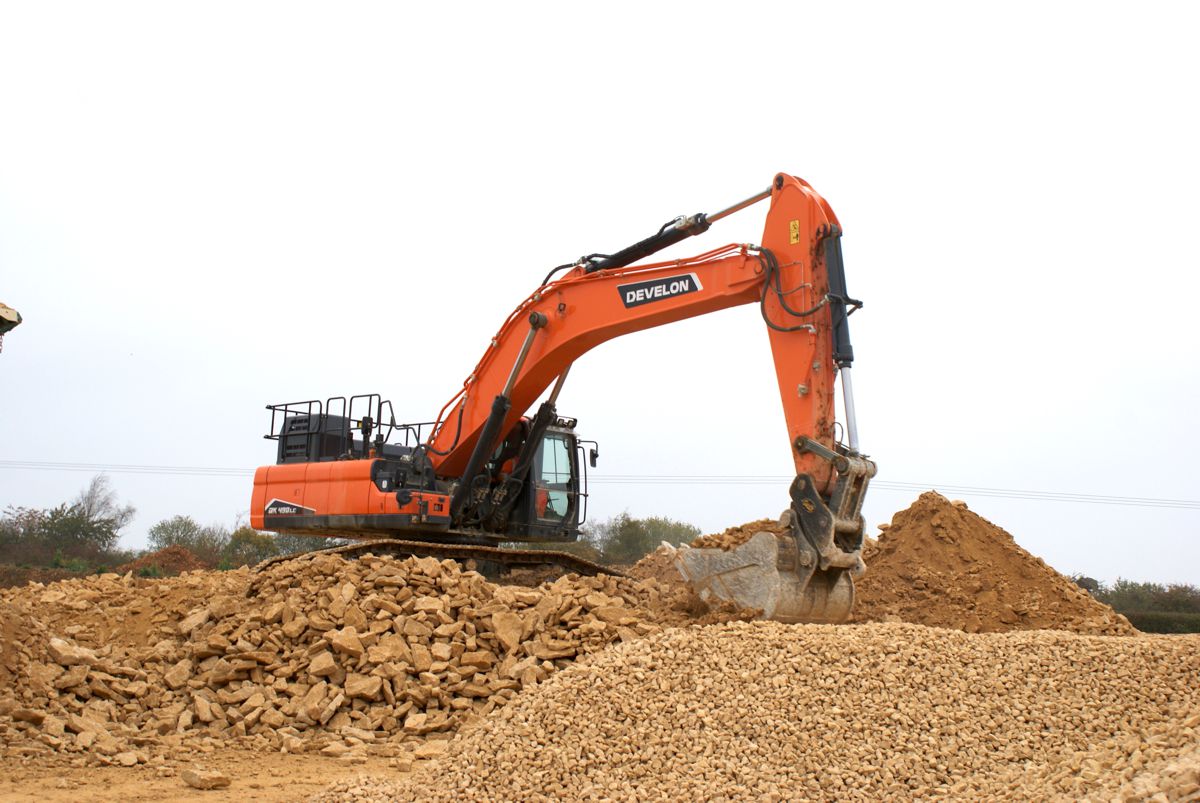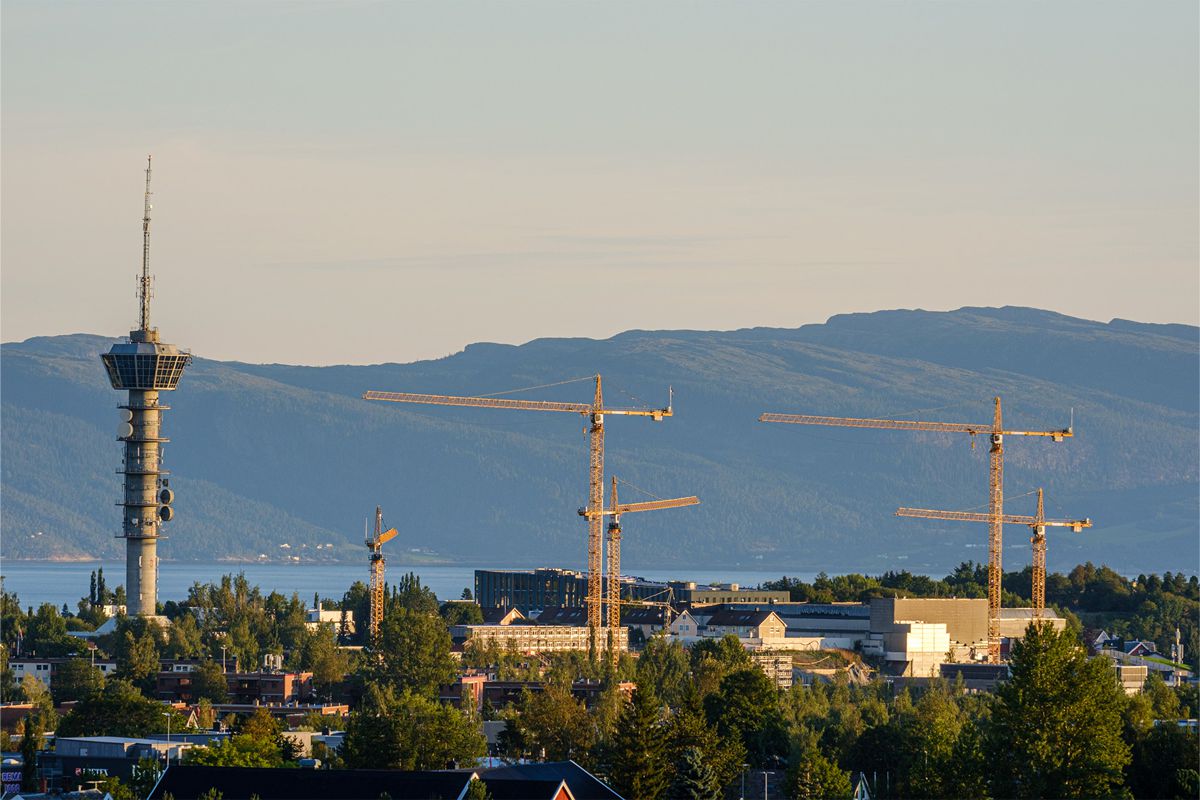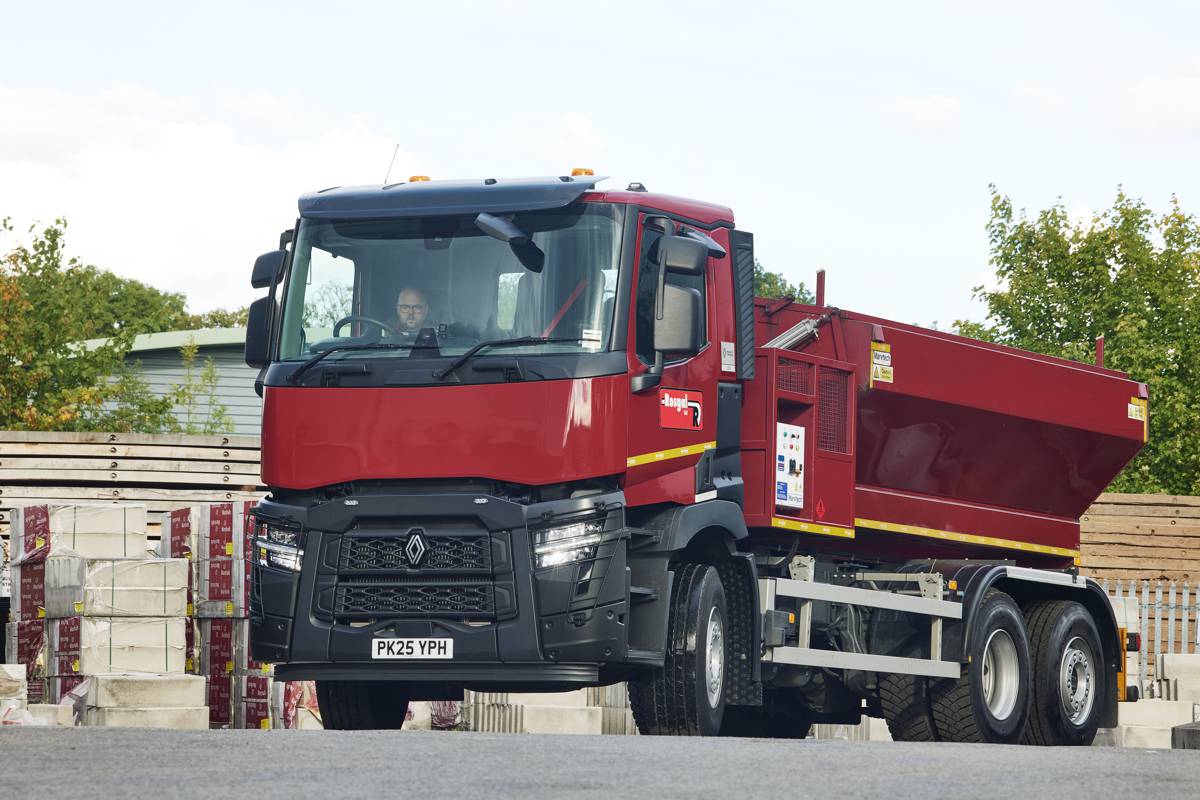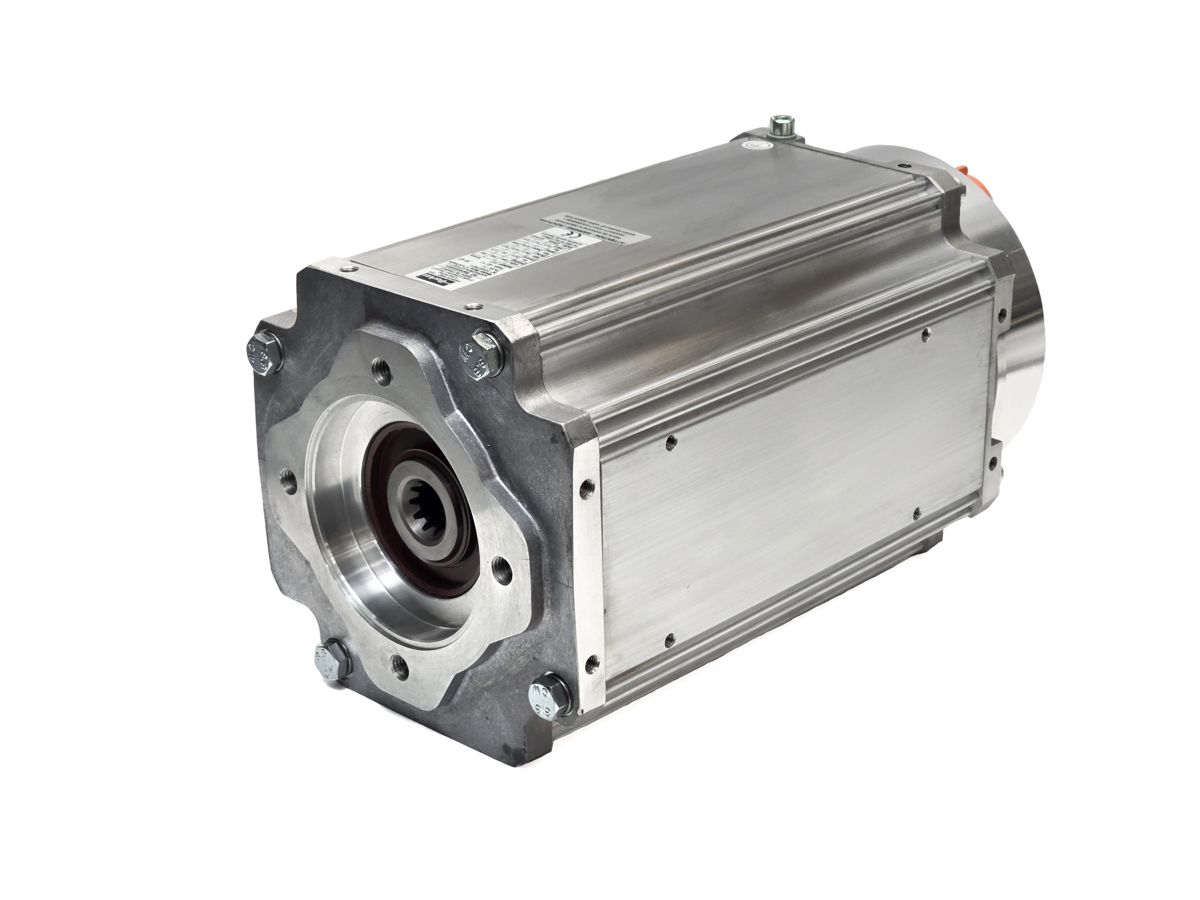Unearthing the History of the Bulldozer
The history of the bulldozer is a tale of innovation that spans over a century, transforming from simple farm attachments to today’s high-tech, heavy-duty machines.
This evolution has been marked by continuous engineering advances, the rise of global manufacturers, and the bulldozer’s outsized impact on construction, war, and industry. In this in-depth look, we journey from the bulldozer’s initial conception through to the most modern, state-of-the-art machines of today, exploring key milestones, legendary models, and the socio-economic footprint of these earthmoving giants.
Early Innovations and the Birth of the Bulldozer
Bulldozers trace their roots to the early 20th century, when ingenious tinkerers first fitted heavy blades to tractors. The very first bulldozers were adapted from Holt farm tractors used for ploughing fields. In 1923, a Kansas farmer named James Cummings and draftsman J. Earl McLeod designed and built what is considered the first dedicated bulldozer – essentially a tracked tractor with a large frontal blade for pushing soil. They filed a patent that same year for this “attachment for tractors,” marking the bulldozer’s official invention. Early bulldozers were crude by modern standards: the driver often sat atop the tractor in the open, and the blades were flat plates (the now-familiar curved blade shape came later as engineers learned how to better cut and push soil).
By the late 1920s, these tractor-blade contraptions – initially nicknamed “bull-graders” – started appearing on farms and work sites. Still, widespread acceptance took some time. It wasn’t until the mid-1930s that the bulldozer began to gain popularity in construction and earthmoving, as hydraulic controls emerged to allow the blade to exert downward force rather than relying purely on its weight. This innovation was a game-changer: hydraulic cylinders gave operators much finer control, making the bulldozer a preferred machine for excavation by the 1940s. Around this time, the word “bulldozer” itself, once referring only to the attachment, evolved to mean the entire machine. From a humble farm-hand invention, the bulldozer was on its way to becoming an indispensable tool for heavy work.
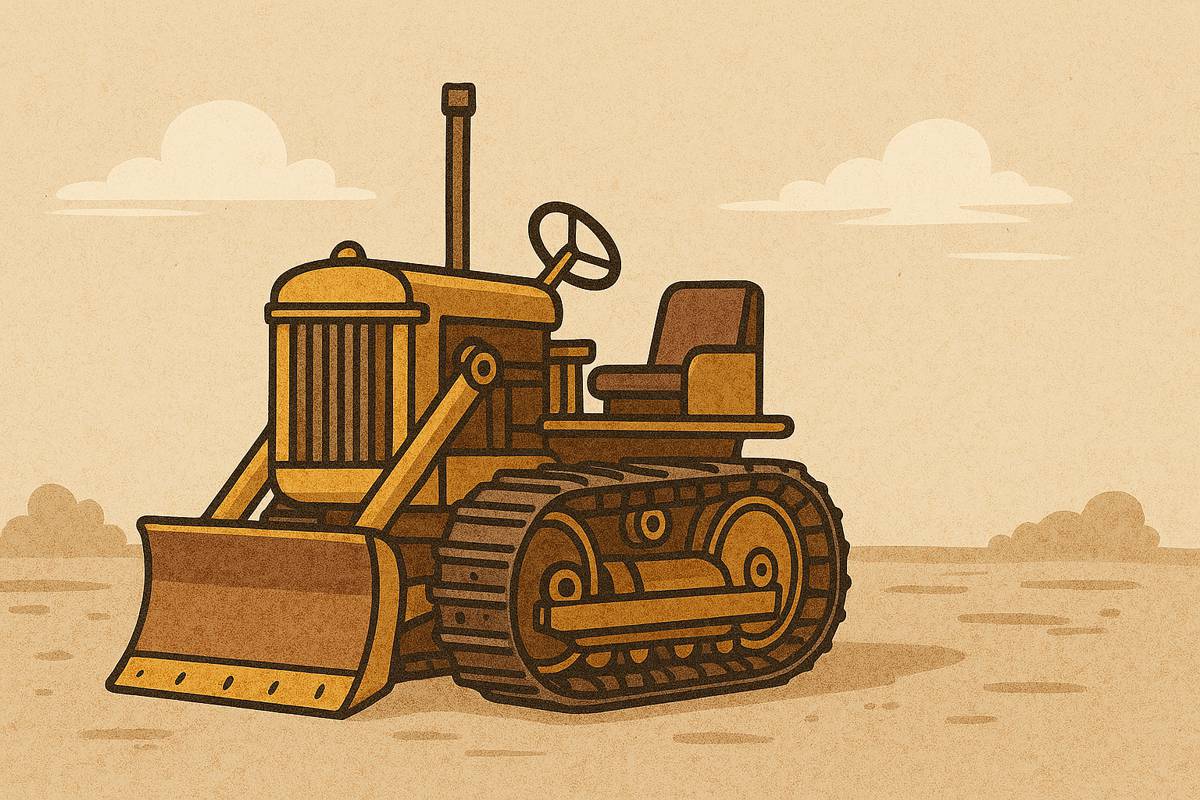
Bulldozers in War and Post-War Growth
Bulldozers soon proved their mettle far beyond the farm – notably on the battlefields of World War II. In the lead-up to D-Day (1944), Allied forces recognized the need for armoured bulldozers to clear obstacles on the Normandy beaches. The British developed the first armoured Caterpillar D7 bulldozer, encasing a standard Cat D7 in steel plating to protect the driver. These tough machines, part of the famous “Hobart’s Funnies” unit, were crucial in clearing barbed wire, filling bomb craters, and carving roads through rubble after the landings. Throughout WWII, bulldozers built airfields in remote jungles, helped construct the Burma and Ledo roads in Asia, and cleared debris in war-torn towns. Their ability to literally reshape battlefields made them as vital as tanks in certain military engineering operations.
In the post-war era, bulldozers were at the forefront of reconstruction and development across the world. Returning from war, many bulldozers found new purpose in civilian life. They became the workhorses of the 1950s infrastructure boom, building the expanding network of highways, levelling sites for suburban housing developments, and pushing up earthen dams for water projects. Post-WWII economic growth led to a surge in demand for bigger, more efficient bulldozers to tackle large-scale civil engineering projects. It was during this period that the bulldozer transformed from a moderate-sized crawler into a much larger and more specialized machine. Manufacturers responded by greatly increasing horsepower and weight: for example, Caterpillar’s D9, introduced in the mid-1950s, packed roughly 286 horsepower and quickly became a mainstay on major job sites. The D9’s reputation for brute strength even carried back into the military realm decades later – the Vietnam War and other conflicts saw armoured D9s clearing dense jungle and mines, underscoring how bulldozers straddle civilian and military roles.
The Bulldozer Boom
From the 1950s onward, a bulldozer boom unfolded as companies around the globe raced to build more powerful machines. In the United States, Caterpillar Inc. led the charge and became the best-known bulldozer maker, but they were far from alone. Competitors like Allis-Chalmers, International Harvester, and Euclid (later Terex) rolled out their own heavy tractors in the 1950s–60s, some featuring twin engines or other experimental designs. By the 1970s, John Deere had also established itself in the bulldozer market, especially for smaller and medium crawlers, and Case (now part of CNH Industrial) was producing its long-lived models. Over in Japan, Komatsu emerged as a fierce competitor to Caterpillar, eventually becoming one of the world’s largest heavy equipment manufacturers. European firms joined in as well: Germany’s Liebherr, for instance, began producing crawler dozers known for advanced hydraulic drives and robust construction. In fact, as the demand grew for ever larger earthmovers, nearly every industrial nation spawned a manufacturer of bulldozers. Firms such as Caterpillar, Komatsu, Allis-Chalmers, John Deere, Liebherr, and many more all manufactured large track-type tractors through the post-war decades, pushing one another to new extremes of size and power.
Several bulldozer models became legends in their own right during this boom. Caterpillar continued to refine the D9 and its smaller and larger kin, introducing the Caterpillar D10 in 1977 – a 700+ horsepower behemoth that debuted the elevated sprocket “High Drive” undercarriage for improved durability. Not to be outdone, Komatsu unveiled the Komatsu D575A in the 1980s, which in its later 1990s “Super Dozer” iteration became the largest production bulldozer in the world, weighing over 130 tons and sporting a 1,150 horsepower engine. Another notable giant was the Allis-Chalmers HD-41 (later the Fiat-Allis 41-B, shown below), which in 1970 was the heaviest and most powerful dozer of its day at around 320 horsepower – a precursor to the ultra-class machines to come.
By 2010, the global manufacturing landscape for bulldozers had shifted toward volume production in Asia. In an industry study that year, China’s Shantui was reported as the world’s largest producer of bulldozers by unit count, accounting for two in every five new dozers (over 10,000 units per year). Caterpillar was still a close second in volume (producing roughly 6,400 units that year), and remained number one in revenue, owing to its focus on the high end of the market. Other important manufacturers in the modern era include Hitachi and Volvo (mainly for smaller dozers or collaborations), and in emerging markets companies like India’s BEML and Russia’s Chetra have produced large dozers for local use. This proliferation of manufacturers underscores the bulldozer’s international importance – virtually every region that develops infrastructure has developed or imported bulldozers to get the job done.
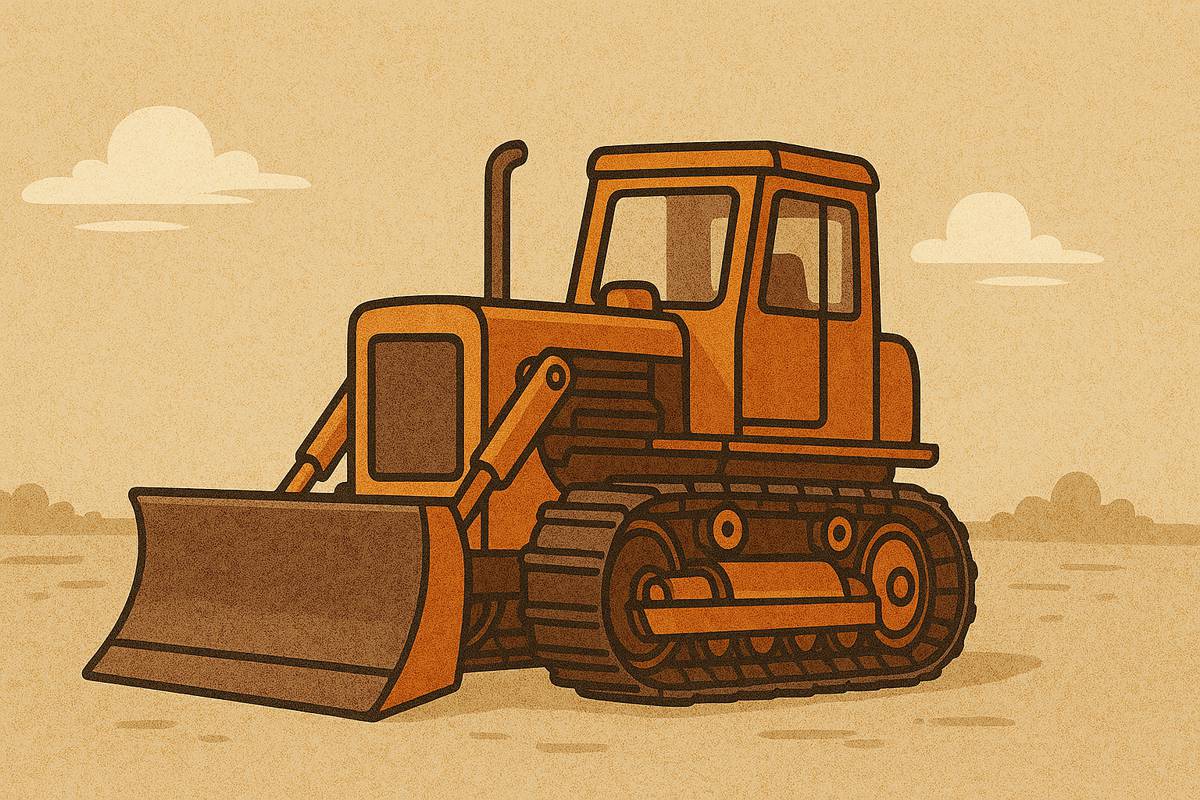
Technology Transforming the Bulldozer
Today’s state-of-the-art bulldozers are a far cry from the simple machines of the 1920s. Modern bulldozers bristle with technology, making them more powerful, efficient, and intelligent than ever. Over the years, a series of major technological innovations have transformed how bulldozers are built and operated:
- Hydraulic Controls: Replacing old cable-and-winch systems, hydraulics became standard by the 1940s, allowing blades to be raised, lowered, and angled with precision. The ability to exert down-force and fine control revolutionised bulldozer work, enabling tasks like fine grading and cut-and-fill with much greater ease.
- Powertrain Advances: Bulldozers kept getting mightier engines, but also smarter transmissions. The 1960s saw some models (like the Euclid TC-12) using twin engines and early automatic transmissions. Today, many dozers use powershift or hydrostatic transmissions for smooth power delivery. Diesel-electric drive has also emerged – for example, Caterpillar’s D7E (launched 2009) uses a diesel engine to drive a generator, powering electric track motors for better fuel efficiency.
- Elevated Sprocket Design: Introduced famously by Caterpillar on the D10 in the late 1970s, the raised sprocket layout improved durability and made maintenance easier on large dozers. This design became a hallmark of Cat’s big dozers (like the modern D11) and has been adopted in part by some competitors. The result: machines that can handle heavier stress in harsh earthmoving conditions.
- GPS and Grade Control: In the 21st century, bulldozers gained GPS receivers and smart controls that dramatically improved grading accuracy. Manufacturers like Topcon, Trimble, and Leica developed GPS-guided systems that allow a dozer to automatically adjust its blade to follow digital terrain models. This “stakeless construction” means many modern bulldozers grade a site to exact specifications without the need for survey stakes, improving efficiency and reducing rework.
- Remote & Autonomous Operation: Mining and military users in particular have pushed for remote-controlled and autonomous bulldozers. Now it’s not uncommon to see a bulldozer on a dangerous site with no operator on board – instead, they might be controlling it from a safe distance, or the dozer could even be following a pre-programmed path. This technology is still evolving, but companies like Caterpillar and Komatsu have made strides in autonomous bulldozers for large-scale earthmoving, increasing safety and productivity.
- Emission Controls and Electric Power: As environmental regulations tightened, bulldozer engines have been updated with advanced emissions controls (Tier 4 Final/EU Stage V standards). Looking ahead, manufacturers are experimenting with all-electric or hybrid-electric bulldozers to reduce carbon footprints. While diesel power still reigns in 2025, the first prototypes of battery-electric dozers have appeared for smaller construction tasks, hinting at a future where even these goliaths might quietly hum on electric power.
Bulldozers Changing the World
Beyond the technical specs and brand names, bulldozers have had a profound socio-economic impact worldwide. They are quite literally the engines of development, crucial to shaping the modern landscape. In terms of civil infrastructure, it’s hard to overstate their role: virtually every highway, railway, dam, and airport built in the last eighty years has relied on bulldozers for earthmoving or site preparation at some stage. From pushing through the outback for Australia’s Alice Springs-Darwin railway, to carving out new cities in the deserts of the Middle East, bulldozers have been on the front lines of growth. They have made it possible to undertake massive land development and civil engineering projects that define modern civilisation.
Bulldozers have also been key tools in agriculture and land management. Post-WWII, many countries used bulldozers to open up arable land – for example, clearing scrub and forests for farming or building irrigation canals. This boosted food production and rural development, though at times also led to environmental trade-offs like deforestation. In the mining sector, large bulldozers became indispensable for surface mining and quarrying, helping drive industrial growth by enabling efficient extraction of minerals and coal.
On the flip side, the sheer power of the bulldozer has occasionally made it a symbol of unchecked development or even oppression. In some wartime and conflict settings, bulldozers have been used in destructive ways – for instance, the Caterpillar D9 (with military Armor kits) was used by militaries to clear mines and demolish illicit structures or enemy fortifications. While such uses can save soldiers’ lives (by clearing explosive traps remotely) and achieve tactical goals, they have also raised ethical questions and protests when used to raze communities. Moreover, in urban redevelopment, “bulldozer” became shorthand for roughshod clearance of old neighbourhoods to make way for new projects, reflecting the double-edged nature of this powerful tool: it can build, but it can just as easily destroy.
Despite these complexities, the bulldozer’s net impact on society has been largely positive, enabling rapid post-war reconstruction and infrastructure expansion that have benefited billions of people. Countries recovering from natural disasters or wars routinely turn to bulldozers as the first machines in to clear debris and make way for relief efforts. In peacetime, the economic development of newly industrialising nations often begins with fleets of bulldozers preparing industrial parks, roads, and housing at a pace manual labour could never match. In short, bulldozers have helped pave the way (quite literally) for modernization and growth across continents.
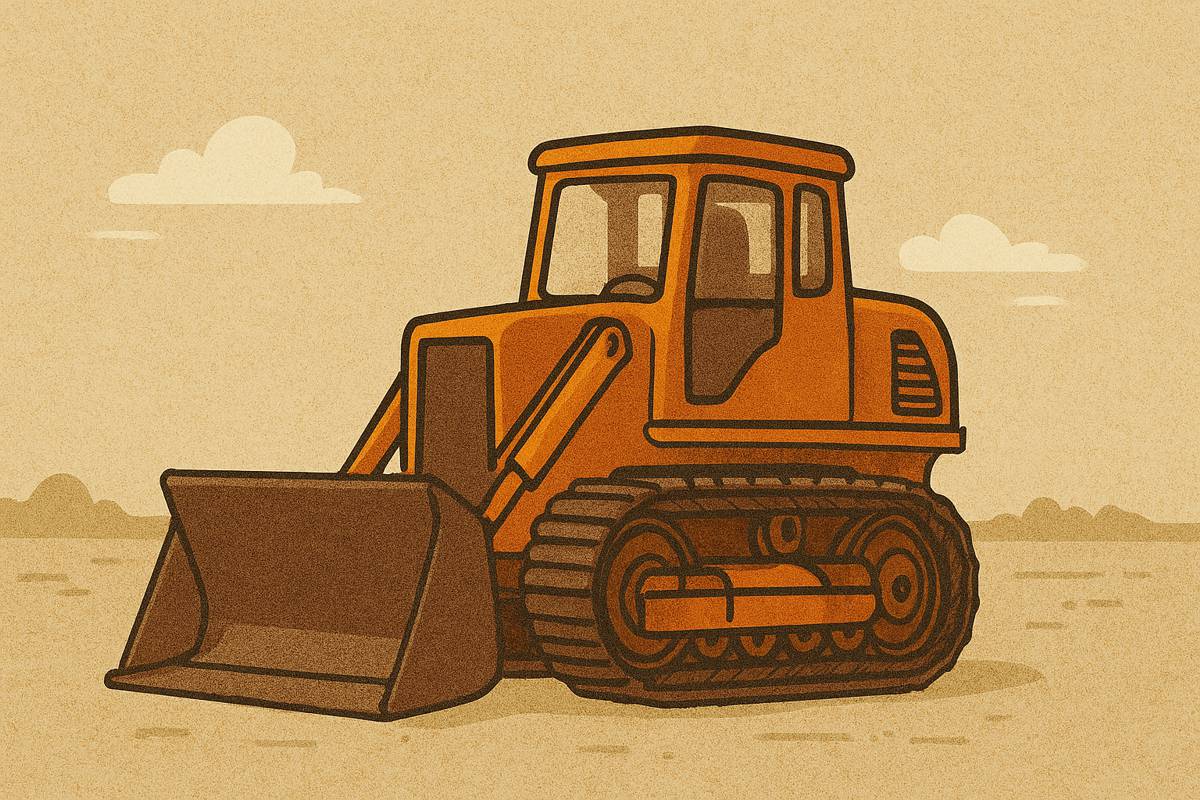
Legacy and Future of Bulldozers
From their conception as a simple tractor attachment in the 1920s to the intelligent, 100+ ton machines reshaping our world today, bulldozers have travelled a remarkable road through history. They evolved in tandem with the needs of their times – becoming armoured sapper vehicles in war, titanic land levellers in peacetime development, and now high-tech robots inching toward autonomy. All the while, prominent manufacturers like Caterpillar, Komatsu, John Deere, and Liebherr (among others) have continuously pushed the envelope, ensuring that each generation of bulldozer is more capable than the last. These companies and their bulldozers have become household names in heavy industry, as well as important indicators for investors and policymakers tracking infrastructure and mining booms.
As we stand today, bulldozers remain indispensable assets for construction and mining projects big and small. The drive toward cleaner and smarter technology is giving the venerable bulldozer a new lease on life in the 21st century. We can expect future models to run quieter, produce zero on-site emissions, and perhaps even operate entirely without human drivers on board – a far cry from the exposed, one-speed tractors of a century ago. Yet, even as bulldozers become more advanced, their core purpose stays the same: to move mountains (sometimes literally) and make way for human progress.
This rich history of the bulldozer, stretching from muddy farm fields to high-tech mega-machines, showcases not just a piece of construction equipment, but a powerful engine of change that has helped build the world we live in today.
